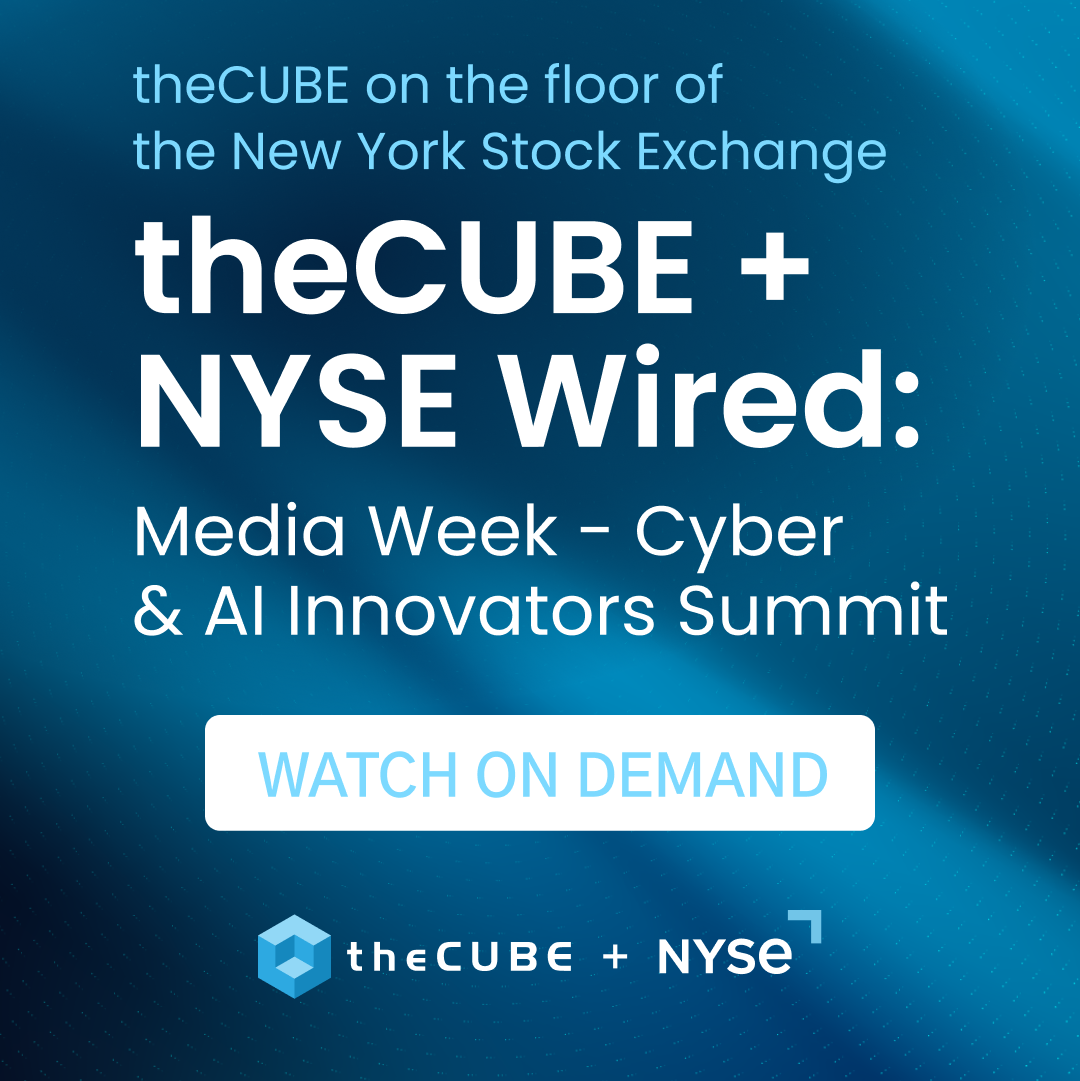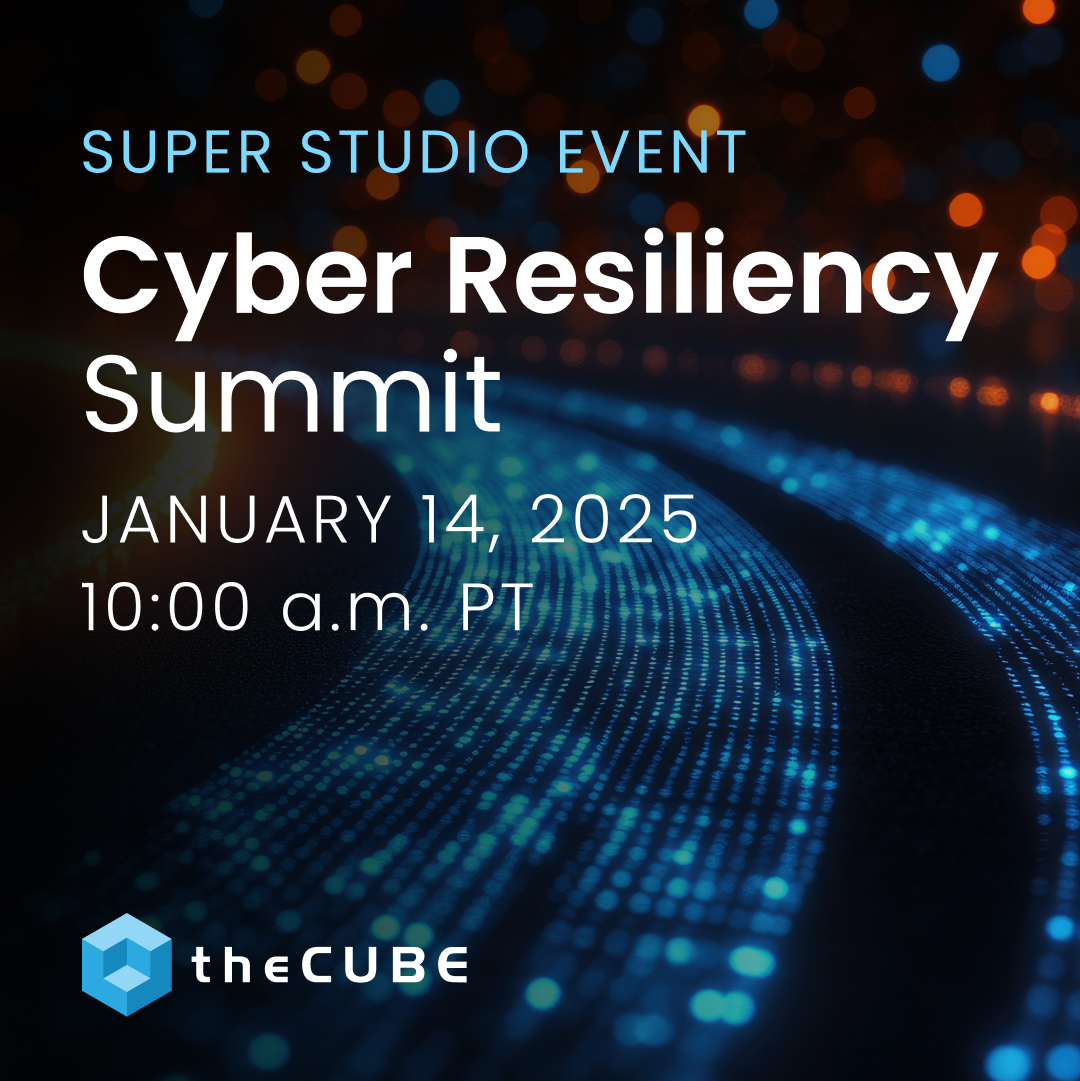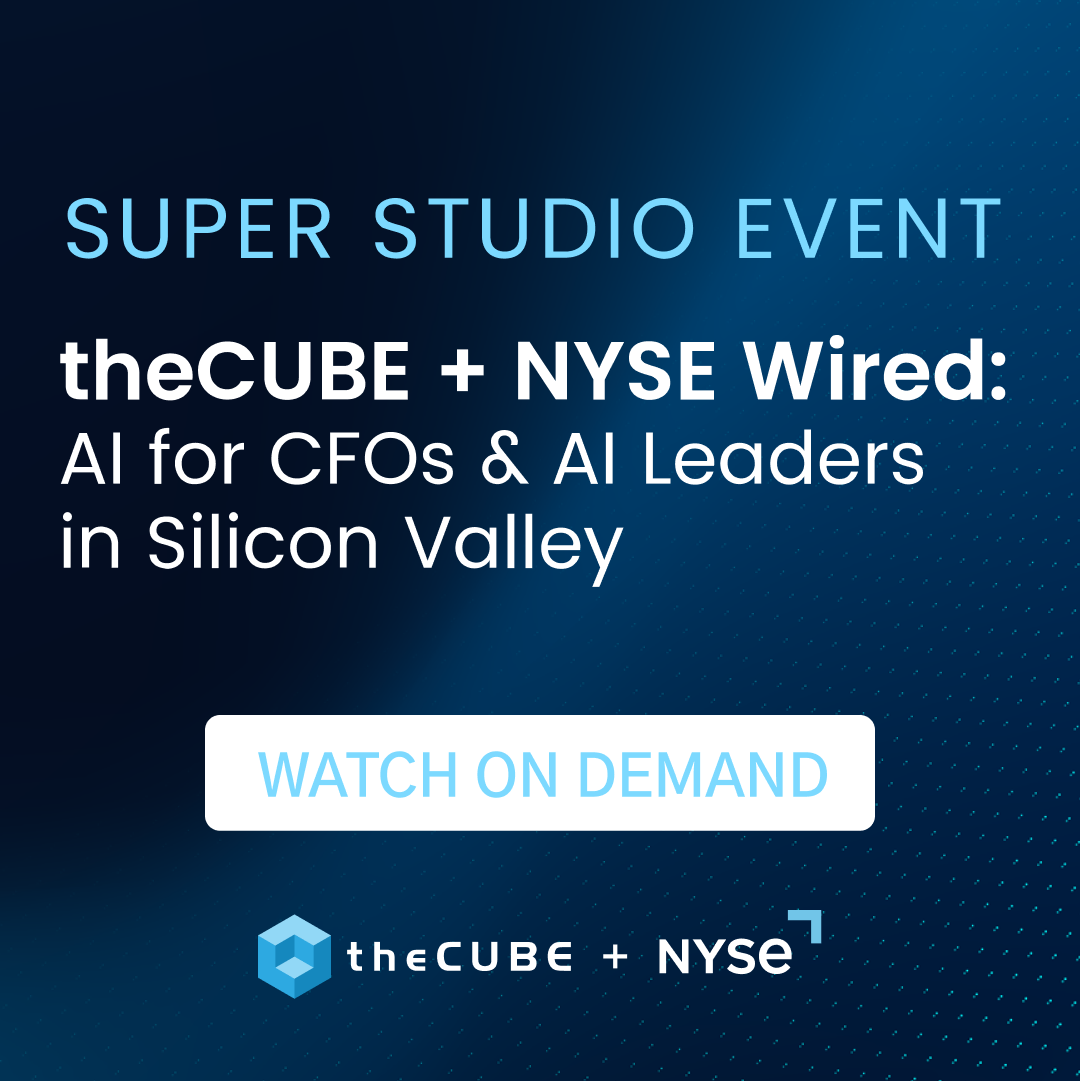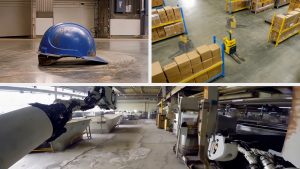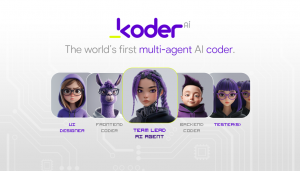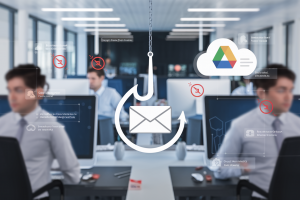Decoupling the Control Plane from Storage Key to Data Infrastructure
![]() “The Software-Defined Data Center is partly about where value moves, mostly about where policy is controlled, but it’s also about decoupling control planes from infrastructure,” says EMC SVP Chad Sakac. “One thing that is not right in storage land is the control plane for storage is embedded in the storage target. So in storage language, this is about moving up to SDRS [VMware Storage DRS].”
“The Software-Defined Data Center is partly about where value moves, mostly about where policy is controlled, but it’s also about decoupling control planes from infrastructure,” says EMC SVP Chad Sakac. “One thing that is not right in storage land is the control plane for storage is embedded in the storage target. So in storage language, this is about moving up to SDRS [VMware Storage DRS].”
The problem, Sakac explained in an interview webcast live from the Cube on the floor of VMworld 2012 over SiliconAngle.tv, is that managing VMware environments at scale requires managing thousands of LUNs or files at the storage level connecting to hundreds of VMs. Today that is accomplished by running the IO path for all those VMs through something called an “IO Demultiplexer”, “a name only an engineer could love” regardless of the number of VMs.
The result is that whatever single policy is chosen for those LUNs is applied to all the VMs regardless of whether it fits. “If we want to move to the software-defined storage world, the storage infrastructure needs to enforce policy on a VM-by-VM basis. Instead of forcing all VMs to adapt to one policy, VMware at the policy layer would say, ‘This is the policy I need for this VM, you figure it out. If you need to make a change internally to keep that policy coherent, do it!’”
The reason this is a major problem, and one that is occupying many of EMC’s engineering cycles, is that large environments need three different kinds of storage architecture.
Basically, Sakac says, SMBs need a single “Swiss Army Knife” infrastructure that is simple and easy to consume and buy, because at their size a single system for all data needs – small data, Big Data, structured, unstructured – makes sense. This, he said, is why converged infrastructure, which eliminates a lot of the noise in the market and allows IT to implement a good-enough solution and move on to focus on more important business issues, is winning in that market today and will continue to win in the future.
However, large enterprises basically need three kinds of data infrastructure:
- Transactional Systems, where non-volatile solid-state architectures become important and where companies are moving to all-flash models. This is why EMC purchased XtremeIO, which “we saw as the best technology out there.”
- Network-Attached Storage (NAS), which, he said, is the fastest growing category of storage infrastructure in the enterprise market. “Isolon [EMC’s NAS technology] is growing faster than we can manage it,” he said.
- Analytics Storage capable to scale to handle unstructured Big Data.
Without a decoupled control plane that operates not just over EMC products but across heterogeneous hardware environments, and that is granular to the individual VM layer, policies designed for one of these use cases are being applied to VMs operating in others of these or other areas. The software-defined data center “really needs an open flow of storage” so that, for instance, data from the transactional systems can be used in big data market analytics.
VMware is driving much of this innovation with previews of new products that promise to continue revolutionizing the IT environment. In this period of huge technology transformation, “the biggest hazard is not getting eaten by somebody else but that you lose your mojo and willingness to cannibalize yourself and innovate,” Sakac warns. Basically, it is hard for companies to attack their own cash cows by releasing new technologies that will cut into their own markets. But, the alternative, attempting to defend an established technology and market position, has proven to be a losing strategy in times of technology change. Therefore, it is important for companies like EMC to develop technologies that become the largest threats to their own most profitable products in order to move forward with the advance of the technology. Otherwise they will be left behind to wither.
A message from John Furrier, co-founder of SiliconANGLE:
Your vote of support is important to us and it helps us keep the content FREE.
One click below supports our mission to provide free, deep, and relevant content.
Join our community on YouTube
Join the community that includes more than 15,000 #CubeAlumni experts, including Amazon.com CEO Andy Jassy, Dell Technologies founder and CEO Michael Dell, Intel CEO Pat Gelsinger, and many more luminaries and experts.
THANK YOU

